Sign up for our Book Club newsletter
Get the latest news, events and more from the Los Angeles Times Book Club, and help us get L.A. reading and talking.
You may occasionally receive promotional content from the Los Angeles Times.

For our Ultimate L.A. Bookshelf, we asked writers with deep ties to the city to name their favorite Los Angeles books across eight categories or genres. Based on 95 responses, here are the 13 most essential works of speculative fiction, from Octavia Butler, Philip K. Dick, Aldous Huxley, Salvador Plascencia and many more.
…
Tarzan at the Earth’s Core by Edgar Rice Burroughs, 1929-1930
One hundred years old this year, on the south side of Ventura Boulevard in Tarzana, the pepper tree-shaded headquarters of Edgar Rice Burroughs Inc. slumbers amid the bustling neighborhood he homesteaded and helped develop. ERB Inc. scrupulously guards the still-lucrative legacy of this outsized — only spoilsports would say outdated — out-and-out genius of popular genre fiction. Plenty of his language is as ripe for cancellation as an unwatched sitcom, but the man could bloody well tell a story. — DK
After Many a Summer Dies the Swan by Aldous Huxley, 1939
The English dystopian writer’s Hollywood novel features an obscenely rich man whose Beverly Hills castle contains a moat, a Vermeer in the elevator and a beautiful young mistress. Readers whispered “William Randolph Hearst,” but he could be any multimillionaire obsessed with living forever. Our guide is an out-of-place Brit hired to search through an 18th-century archive that holds the secret to eternal life (fish guts!). Huxley was “sneaking dark comedy onto the serious shelves,” writes Boris Dralyuk; art, enlightenment, corruption, metaphysics and a loaded gun are in the mix. — CK
Edan Lepucki, author of the dystopian novel ‘California,’ explains the power of ‘Parable of the Sower,’ the most popular speculative work on the Ultimate L.A. Bookshelf.
Greener Than You Think by Ward Moore, 1947
For his nugget-rich “Literary Destruction of Los Angeles” chapter in “Ecology of Fear,” Mike Davis dredged up and championed this obscure SF novel. Nothing in decades, he wrote, “comes close to the mordancy of … Greener Than You Think. Moore was the first writer to convincingly turn the tables on Los Angeles: The city that had for decades consumed nature in voracious bulldozer bites is itself bitten back and consumed. His novel is about the lawn that ate Hollywood. It is, by turns, the funniest and the most frightening Los Angeles disaster book ever written.” Davis didn’t lie. — DK
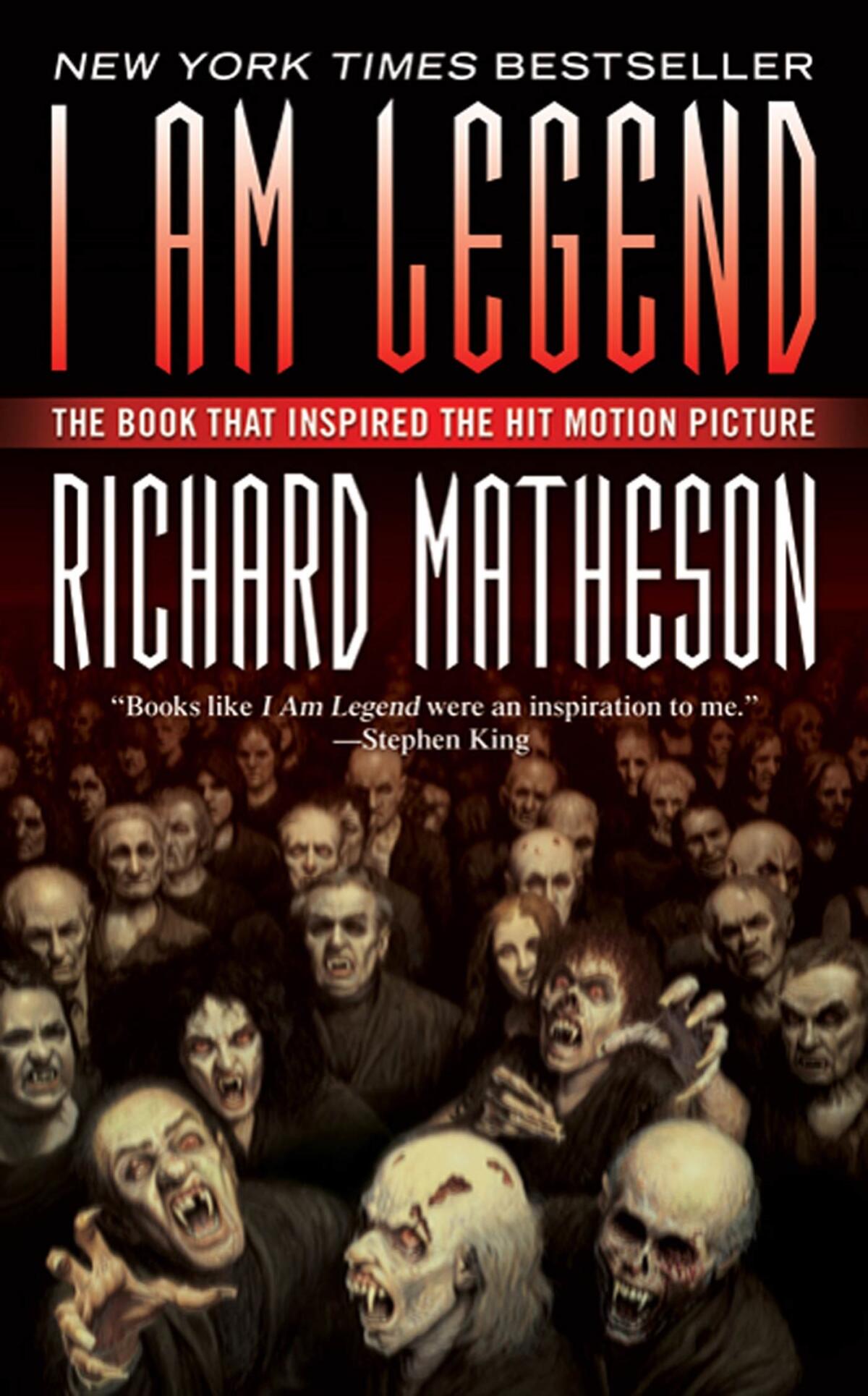
I Am Legend by Richard Matheson, 1954
For the record:
1:38 p.m. April 19, 2023An earlier version of this article cited “I Am Legend’s” setting as Cimarron Street in West Adams. The book was set on Cimarron Avenue in Gardena.
Dana Gioia singles out Matheson’s classic vampire thriller — set on Cimarron Avenue in mighty, perennially undervalued Gardena — as “the first post-apocalyptic zombie novel.” Matheson was speculative fiction’s dime-store Camus, the existential pulp genius behind “The Incredible Shrinking Man,” “Duel” and a good third of all the great “Twilight Zone” episodes. His premise here: Widower Robert Neville, sole survivor of a plague that’s turned everyone else in L.A. into ravening but stupid stalkers, fortifies his house against assault every night, all the while pining for someone to love. Soon he’ll wish he hadn’t. — DK
Author and Ultimate Bookshelf contributing editor David Kipen digs for treasure in a bibliography of L.A. fiction — and celebrates the “ghost novels.”
Dangerous Visions edited by Harlan Ellison, 1967
Ellison solicited 33 stories from the strangest, sexiest, darkest science fiction writers of the moment for this anthology, including Philip K. Dick, Norman Spinrad, Carol Emshwiller and J.G. Ballard. The collection was a bestseller and sparked an even more voluminous sequel. Ellison, then an angry youngish man, was living in Los Angeles writing for television. Sure, he authored one of the best “Star Trek” episodes in history, but he derided the form all the same. Problematic, exceptional and unapologetic, he always loved a brilliant story. No one else could have created this book. — CK
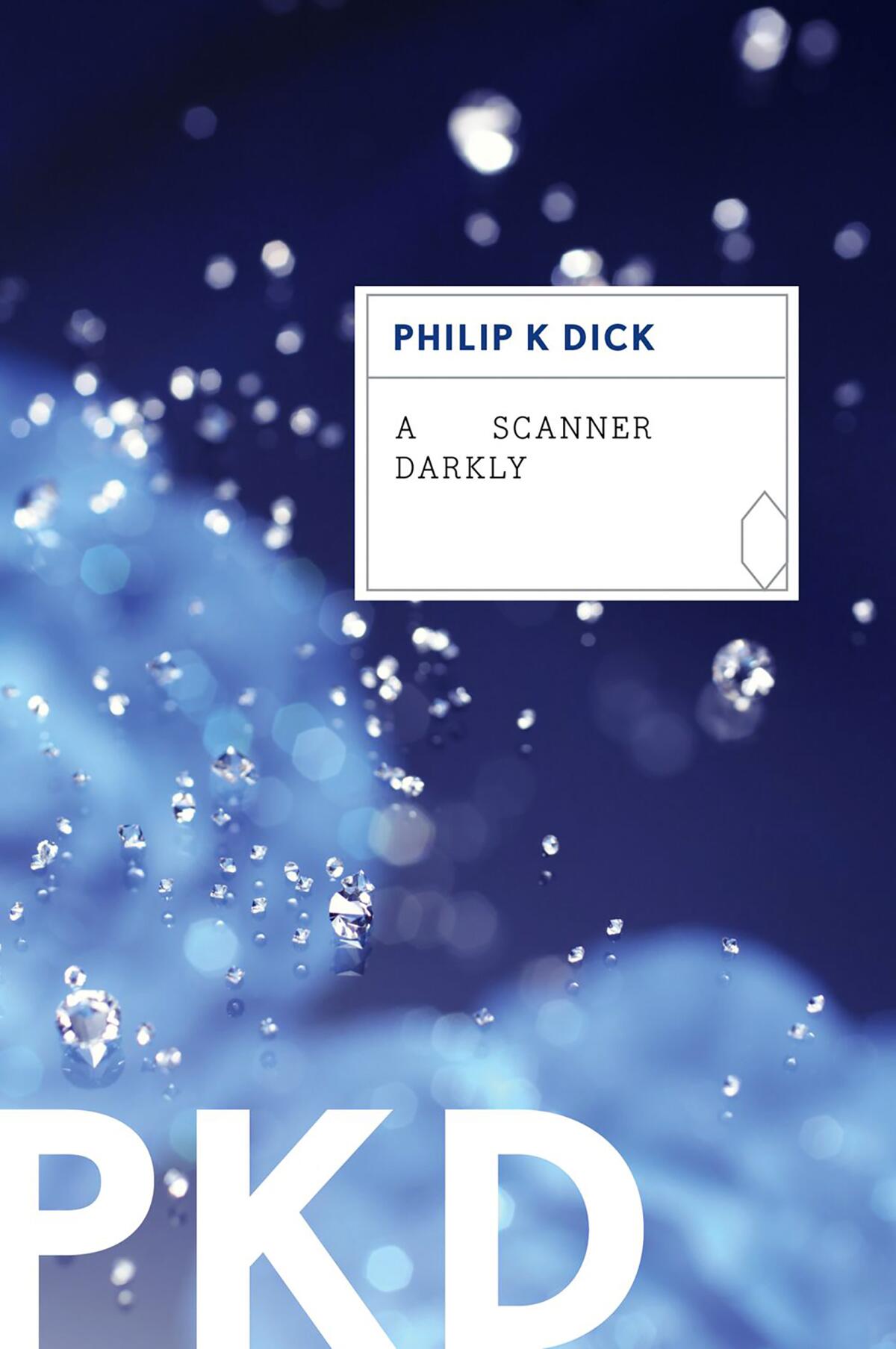
A Scanner Darkly by Philip K. Dick, 1977
Dick’s taut and troubling novel is a cautionary fiction, a parable of the drug culture and its discontents. Bob Arctor is an undercover cop who sells and uses a drug called Substance D, which divides brain function so that right and left hemispheres operate as separate entities. The result is a classic Dick conundrum, a detective in pursuit of himself. Identity, reality, the vagaries of consciousness: All of them are up for grabs in this (literally) mind-bending piece of work. — DLU
Known for darkly kaleidoscopic novels like ‘Zeroville,’ Steve Erickson discusses abandoning fiction for the political passions of ‘American Stutter.’
Three Californias (series) by Kim Stanley Robinson, 1984-1990
Certain science fiction writers are, despite all appearances, hardcore realists; their subject just happens to be the future. Robinson is one of them. His landmark trilogy sketches three possible outcomes for Orange County, one dystopian, one utopian and one in between. Robinson understood how much computing would change the world; even his incorrect guesses feel like a version of the truth. Yet his gift is to remain a romantic: in love with the ragged California coast, which, however cruelly man intervenes, twists up and away into natural beauty, beyond our true dominion. — CF
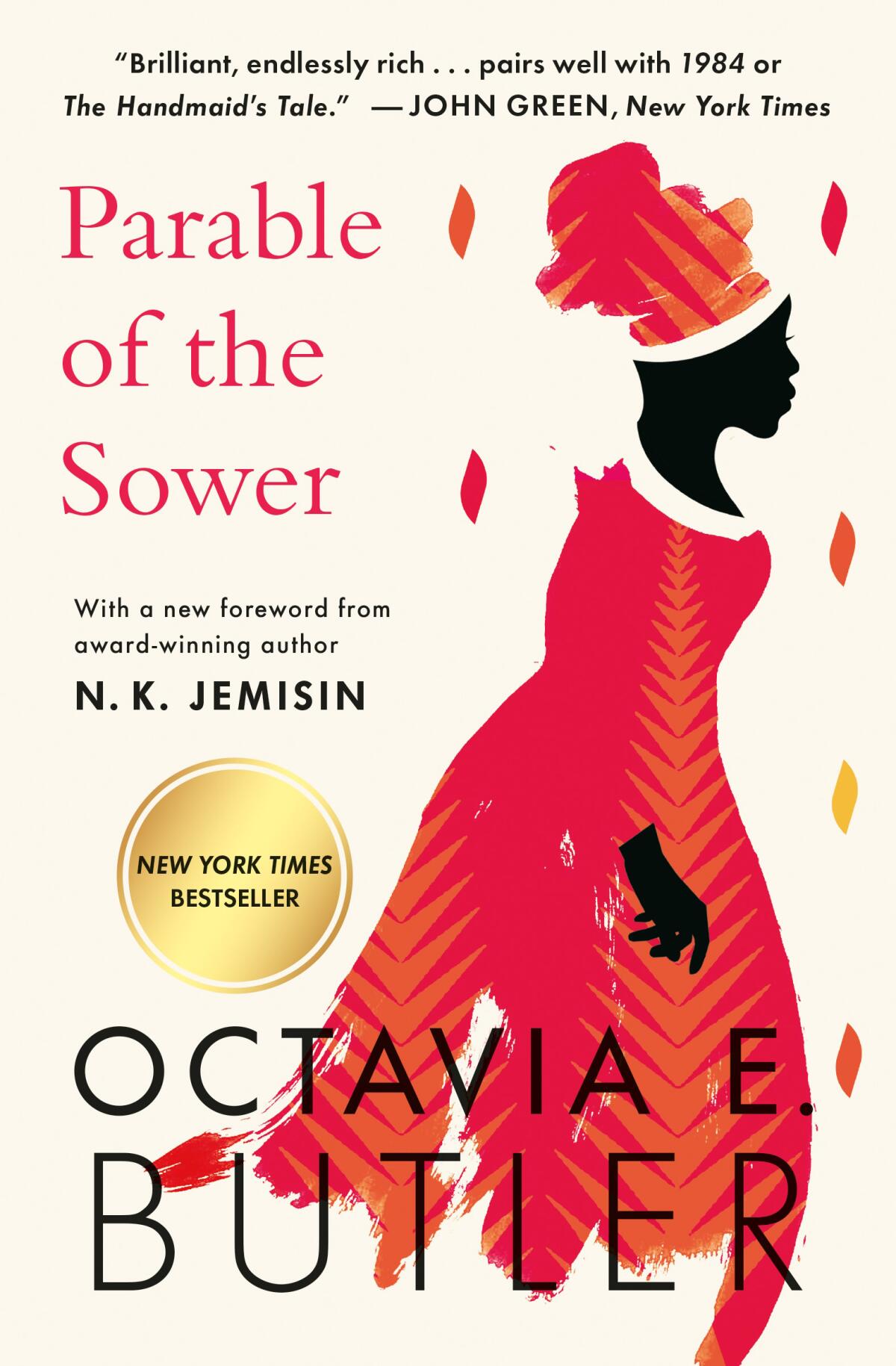
Parable of the Sower by Octavia E. Butler, 1993
In a near-future Los Angeles riven by drought, addiction and inequality, work is scarce, travel is dangerous and middle-class communities like Lauren’s hope their walls hold. When they fail, the young Black teen flees, carrying seeds and desperate hope on her walk north on the 101. Prescient and powerful, it’s “a classic not just of the genre, but of Los Angeles literature too,” writes Katie Orphan; Carolina Miranda calls it “a book by an essential L.A. writer that seems to perfectly describe where we are now.” — CK
How local libraries shaped a sci-fi legend
House of Leaves by Mark Z. Danielewski, 2000
This unclassifiable novel melds experimental form and film discourse with a terrifying horror story. L.A. tattoo parlor worker Johnny Truant discovers a manuscript by a dead blind man, describing a movie about a couple who buy a house that is bigger on the inside than it is on the outside. The exploration of that expanding space is where things get scary. Footnotes, colored fonts, broken text, split narratives, all woven together brilliantly: The book is peerless. — CK
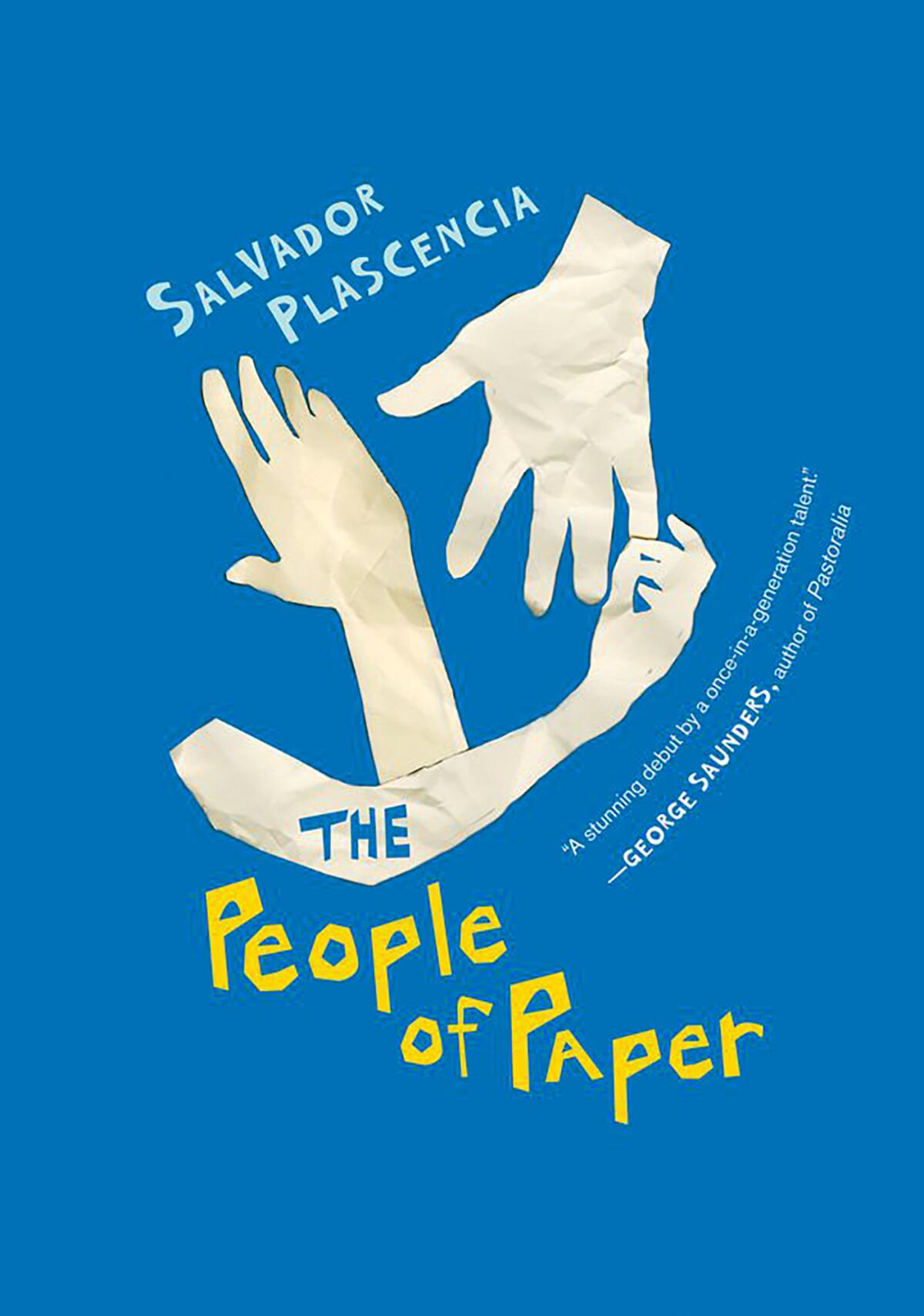
The People of Paper by Salvador Plascencia, 2005
In the blood sport of literary achievement, little El Monte punches far above its weight. Plascencia, Michael Jaime-Becerra, James Ellroy and more recently Carribean Fragoza have made it the center of what Sesshu Foster calls the “underwritten eastern San Gabriel Valley.” Plascencia’s enchanted, phantasmagorical novel tells stories within stories on top of still more stories — all watched over by the character of Plascencia himself, ringmastering from above like some divine Gabriel García Márquez of the SGV. Populated by mechanical turtles and origami women, this novel found me 18 years ago, and it’s still following me around. — DK
Zeroville by Steve Erickson, 2007
In this hallucinatory, movie-saturated tour through 1970s Hollywood by one of L.A.’s most innovative writers, Vikar is so obsessed with film that he’s tattooed Montgomery Clift and Elizabeth Taylor on his skull. A blank savant, he goes from set-builder to in-demand editor — making a splash at Cannes, stumbling through petty crime and glamorous parties along the way. Jonathan Lethem once wrote, “Erickson’s not so much a writer’s writer as a tour-de-forcer’s tour-de-forcer,” and “Zeroville” is Erickson at his L.A. finest. — CK
“There’s a haunting quality to the place,” says Denise Hamilton, who corralled dystopian tales from Luis Rodriguez, Aimee Bender, Charles Yu and others.
The Particular Sadness of Lemon Cake by Aimee Bender, 2010
As a child, Rose learned she has a secret power — she can taste the emotions that go into cooking a dish. As she grows up, her mother’s concealed feelings are hard for her to take. This melancholy novel of empathy, failed communication, family secrets and what makes us who we are is also a quiet consideration of how we think about what we consume. Bender, an L.A. native known for her exciting mix of the fantastic and the everyday, locates this novel squarely in the city, starting on “a warm spring day in the flatlands near Hollywood.” — CK
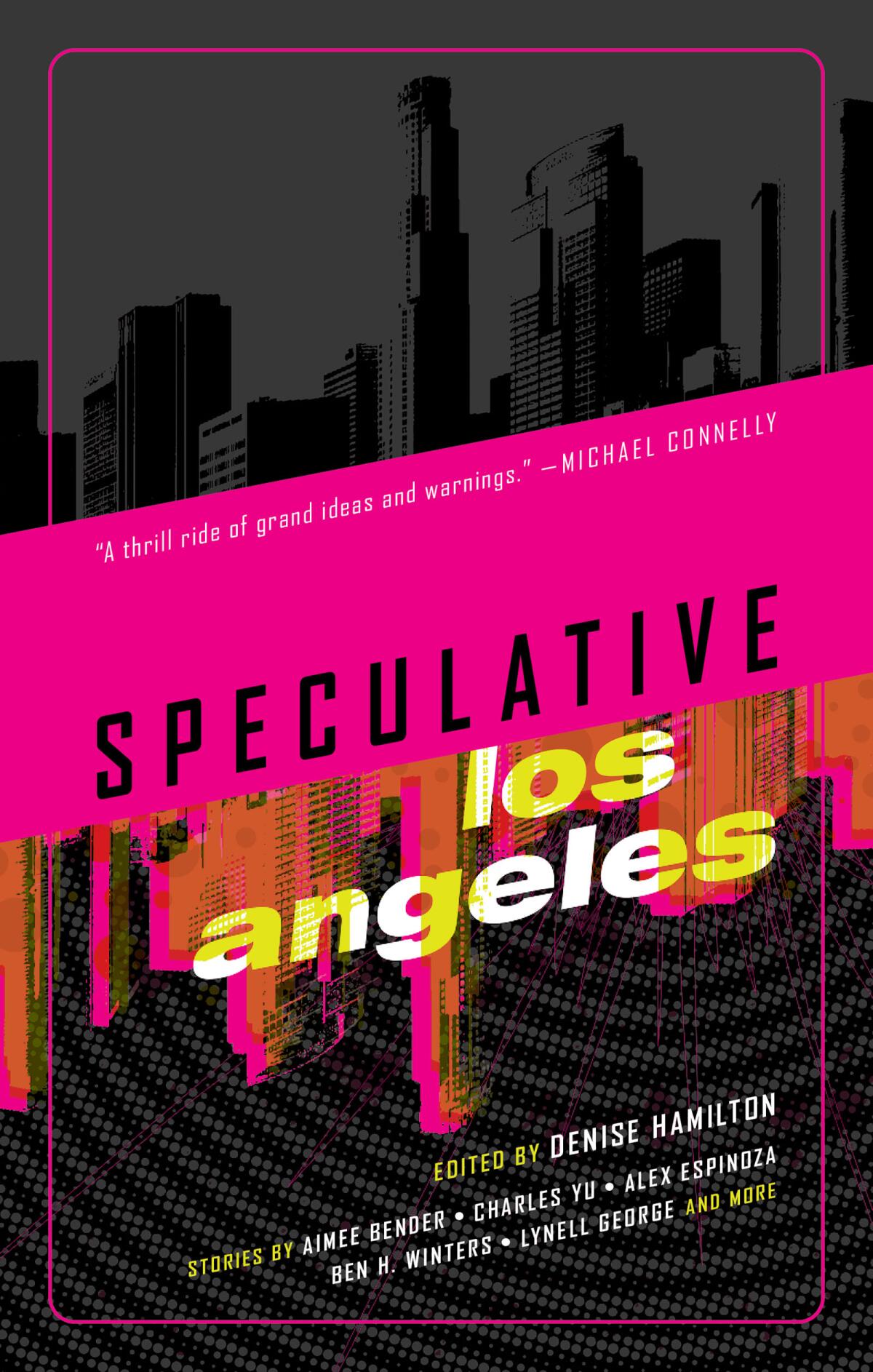
Speculative Los Angeles by Denise Hamilton ed., 2021
L.A. didn’t just invent noir; it midwifed speculative fiction. So it makes sense that Hamilton decided to follow up two “L.A. Noir” anthologies by commissioning 14 writers — including Alex Espinoza, Lynell George, Charles Yu, Luis Rodriguez and S. Qiouyi Lu — to pick a neighborhood and tell a wild story for this sampler of a world that darkly mirrors our own: Battling robots in La Puente; a Hollywood TV hack whose fictional victims are out for revenge; an El Sereno boy who comes back a changeling after ICE detention. The premises are startling, the execution surprising, the road map of our future chilling (not quite) beyond belief. — BK
Sign up for our Book Club newsletter
Get the latest news, events and more from the Los Angeles Times Book Club, and help us get L.A. reading and talking.
You may occasionally receive promotional content from the Los Angeles Times.